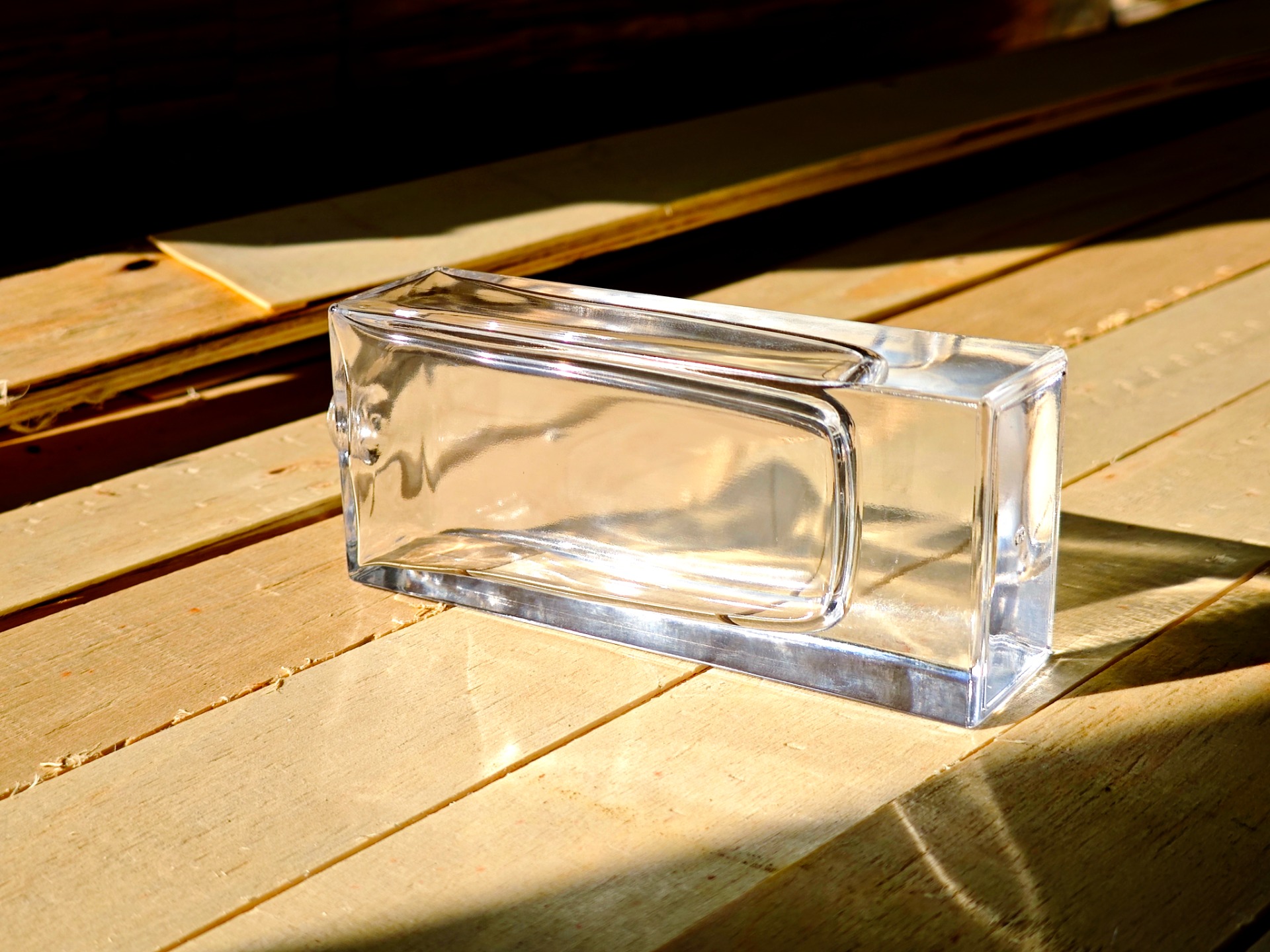
The quality of glass perfume bottles is fundamentally determined by the raw materials used in their production. The selection of appropriate raw materials is critical not only for ensuring the bottle’s durability, clarity, and aesthetic appeal but also for managing production costs in an increasingly competitive global market. A thorough understanding of the properties of these materials, as well as the challenges associated with their sourcing, is essential for manufacturers and brands seeking to maintain high standards while optimizing costs.
Silica sand, which constitutes approximately 70% of the raw material composition of glass, plays a central role in determining the quality of the final product. High-purity silica sand with low iron content is particularly preferred, as iron impurities can impart an undesirable green or brown tint to the glass. This tint can obscure the color of the perfume inside, which is often a key aspect of the product’s appeal. The sourcing of high-quality silica sand is geographically dependent, with major producers including the United States, Australia, and Germany. However, importing silica sand from these regions can involve significant costs, such as tariffs and high transportation expenses. To mitigate these challenges, manufacturers in regions like Southeast Asia often source silica sand from nearby suppliers, such as Indonesia or Malaysia, to reduce import costs and minimize supply chain delays.
Soda ash, or sodium carbonate, is another vital raw material in glass production. It serves to lower the melting point of silica sand, thereby enhancing the workability of the molten glass. Soda ash can be derived from two primary sources: natural deposits, such as trona, or synthetic production methods. Natural soda ash, predominantly mined in the United States and Turkey, is generally more cost-effective but is subject to price volatility due to factors such as mining regulations and trade policies. In contrast, synthetic soda ash offers a more stable supply chain but often comes at a higher production cost. Manufacturers must carefully evaluate these factors, particularly when tariffs on imported soda ash contribute to the overall expense of production.
Limestone, or calcium carbonate, is a key additive that enhances the hardness and chemical resistance of glass. This property is crucial for preventing the bottle from reacting with the perfume’s ingredients, thereby preserving both the fragrance and the integrity of the container. Limestone is widely available, with significant sources located in China, India, and the European Union. Due to its weight and the high cost of long-distance transportation, limestone is typically sourced locally. This practice not only reduces shipping costs but also minimizes the risk of tariffs, as many countries impose lower duties on locally sourced minerals.
In addition to these primary materials, other additives, such as cullet (recycled glass), are increasingly being incorporated into the production process. Cullet offers several advantages, including cost reduction and environmental sustainability. By replacing up to 30% of virgin raw materials, cullet lowers energy consumption during the melting process, as recycled glass melts at a lower temperature. However, the quality of cullet is a critical consideration, as contaminants such as metal or different types of glass can compromise the clarity and strength of the final product. To address this, manufacturers prioritize sourcing high-quality cullet from reliable suppliers. In regions with robust recycling programs, such as the European Union, cullet is often available at a lower cost than virgin materials, further incentivizing its use.
In summary, the selection of raw materials for glass perfume bottles is a complex process that requires balancing quality, cost, and sustainability. By carefully evaluating the properties and sourcing challenges of silica sand, soda ash, limestone, and additives like cullet, manufacturers can produce high-quality bottles while effectively managing the complexities of global sourcing, tariffs, and transportation costs. This strategic approach ensures that the final product meets both aesthetic and functional expectations, while remaining economically viable in a competitive market.